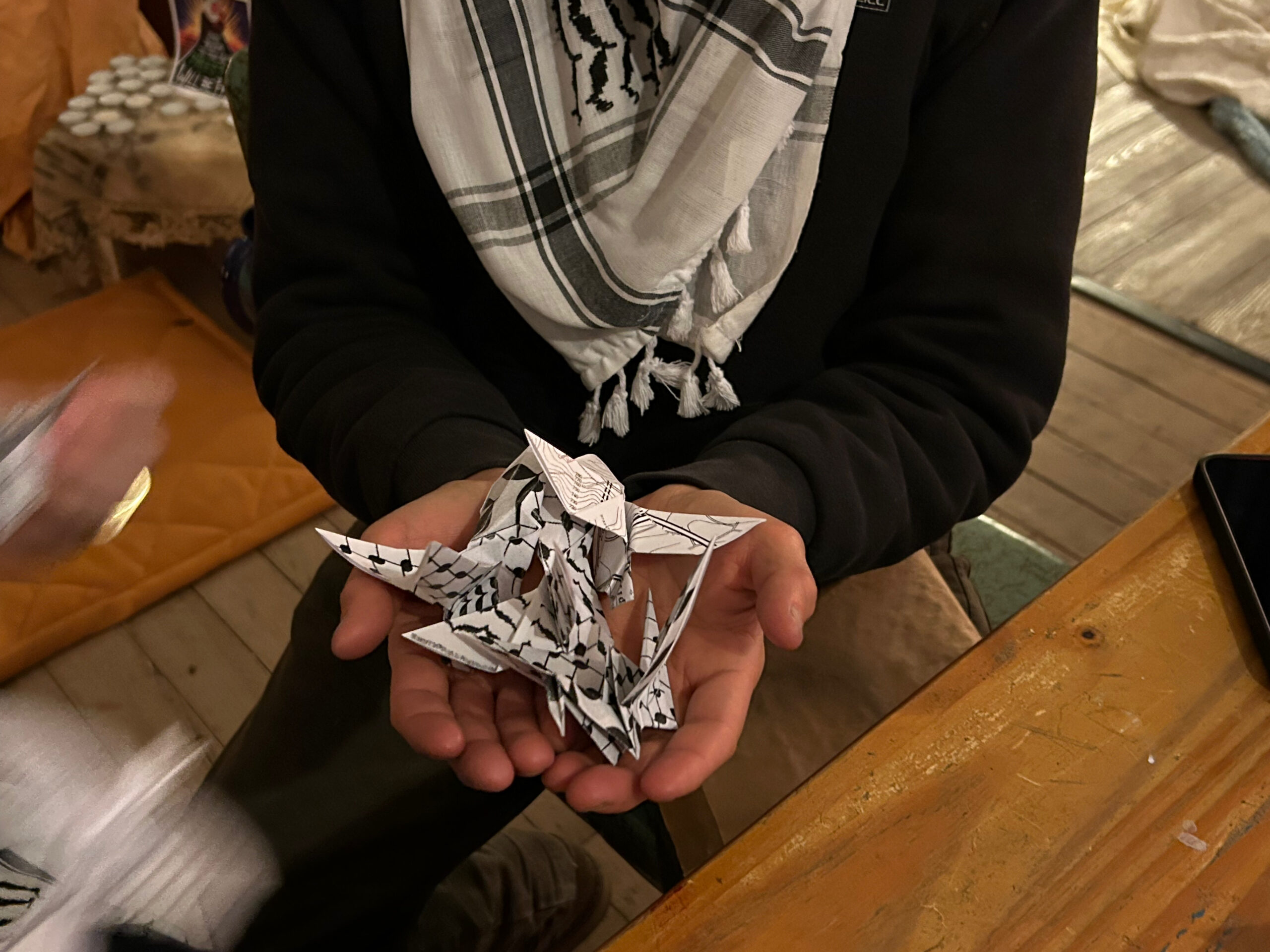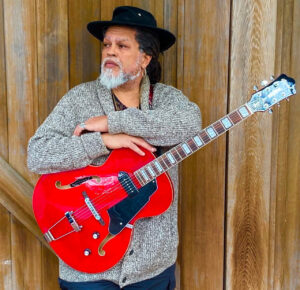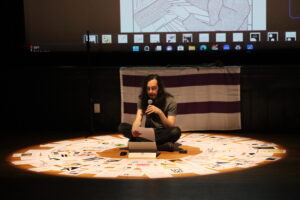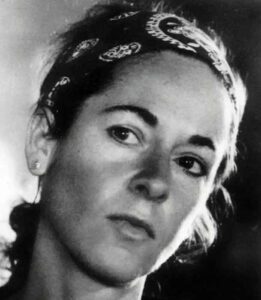
rural high school serving the region of Makueni County in Kenya
Originally founded in 2005 by Andrea (Andy) Leebron-Clay (MFAW ’02, MA SBC ’09) and Jim Clay (MA SBC ’09), the Clay International Secondary School is a free, co-educational, rural high school serving the region of Makueni County in Kenya. The school offers a free education to its students, operating under a cooperative model, where the parents participate in the general running of the school and work as support staff.
Although the school follows the Kenyan National Curriculum, they have adopted teaching and learning methods that emphasize critical thinking and active participation. The school takes a holistic approach to education—where the intellectual, physical, emotional, and economic well being of each student is equally considered.
“Goddard’s fingerprints are all over the school. Our students are encouraged to question everything, to learn by doing, to explore their community—and that’s where learning really occurs. In our classrooms our students are involved in ways that you won’t find anywhere else in Kenya,” says Andy Clay.
For example, second-year students work hands-on operating a chicken business and hatchery, where they write the business model, perform the husbandry and care of the chickens, and sell the eggs and meat. Their profits are then funneled through the school into a college fund they each have access to upon graduating.
Andy and Jim recruited several other Goddard graduates and former staff members, including Bob Wax (BA RUP ’73), Peter Donovan (RUP JR ’63, BA RUP ’65), and Daryl Campbell (former executive vice president), who now sit on the Clay School Board of Trustees.
“It’s not what Andy and I have done…we have done so little,” says Bob Wax, who became the chair of the board in 2008. “It’s what the kids have done for themselves. The Clay School creates students who believe in themselves…[it creates] an environment where they can transform their lives.”
Before the school was established there were no secondary schools in the area, few crops, no electricity and the water had to be carried in jugs from a riverbed a quarter mile away. Today, the school consists of 32 buildings, including a health clinic, classrooms, science lab, large auditorium, dorms, guesthouses, and a computer lab with 30 computers and Wi-Fi powered by two sets of solar panels. Several wells have been dug and water is pumped via a system of pipes from the riverbed to the village. Plans are also underway to install a catchment and big cistern to gather rainwater. The land that once was barren now produces papaya, mango, corn, beans, tomato and other crops.
“Jim and I founded Clay School in the hopes that we could create something in this village that was sustainable and socially equitable and could be our legacy into the future. Sure enough, we did. But it couldn’t have happened without Goddard,” says Andy.
On July 26, 2015, the school celebrated its tenth anniversary. The school has a 97% graduation rate and out of the 235 graduates, 110 of them are off to or have graduated from a College or University.
This article was written by Dustin Byerly (BA RUP ’01) and originally published in Clockworks Magazine in 2016.







